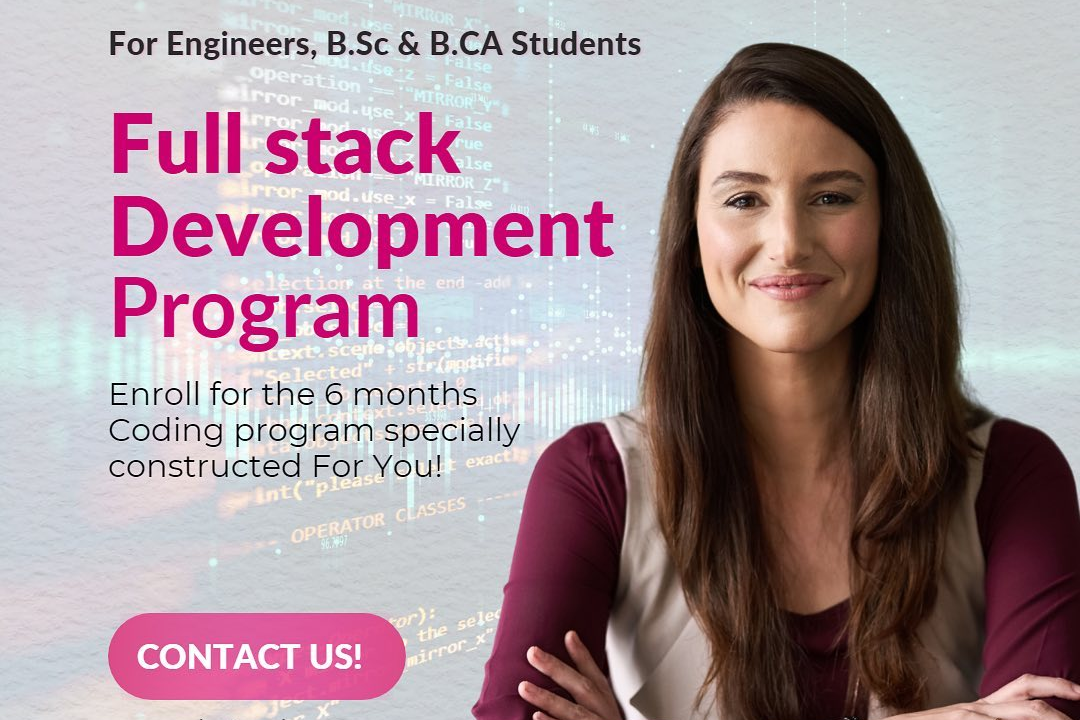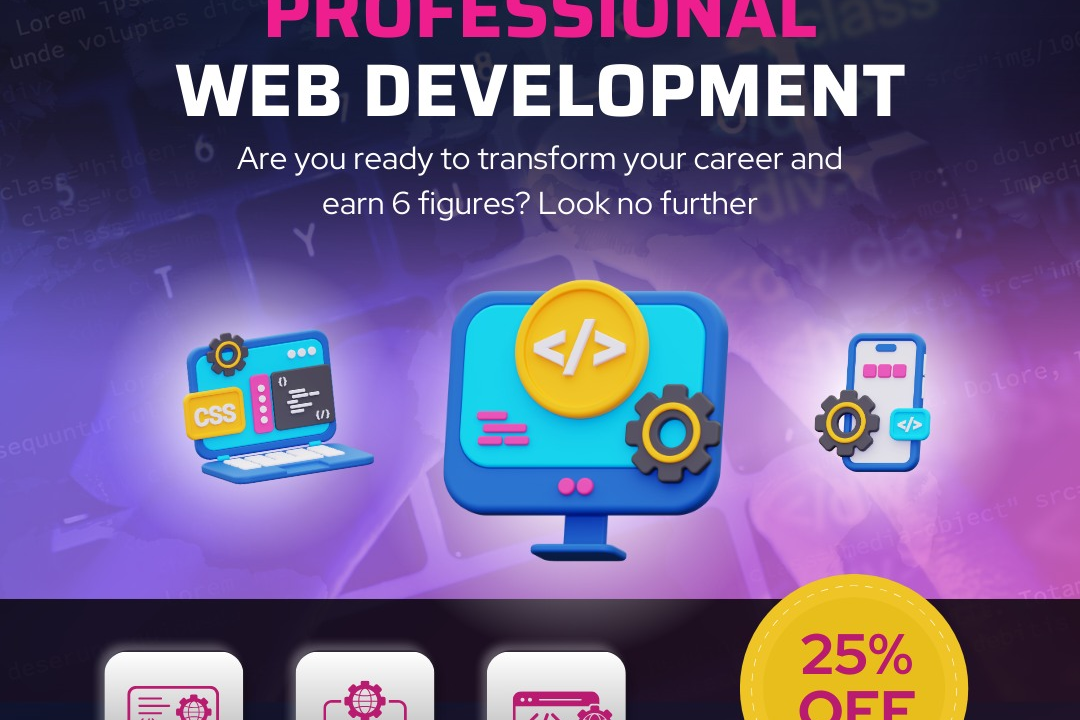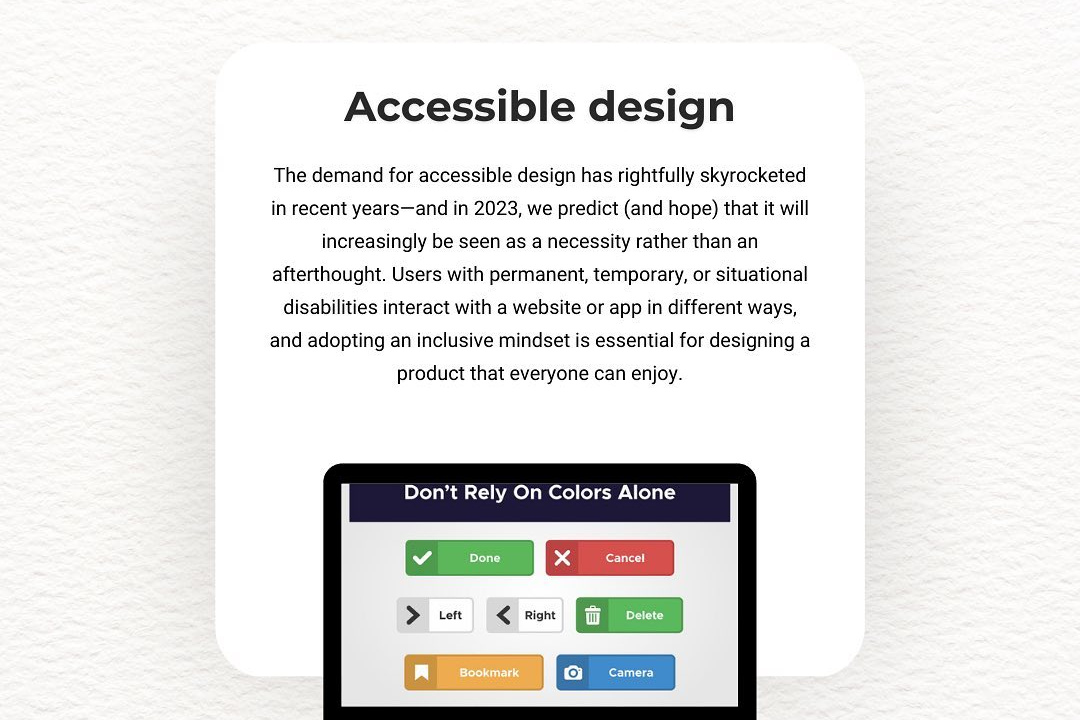detailed description of web developer PHP programming
Web developer PHP programming involves the use of PHP (Hypertext Preprocessor), a popular server-sid
detailed description of web developer PHP programming
PHP programming for web developers is essential due to its versatility and widespread adoption in the industry. As a powerful server-side scripting language, PHP enables developers to create dynamic and responsive websites that can interact seamlessly with databases and handle user inputs in real time. Its capability to integrate easily with various database systems, especially MySQL, allows for efficient data management, making it a staple in building content management systems (CMS) and e-commerce platforms. Furthermore, PHP's extensive community support and a wealth of frameworks streamline the development process, ensuring that developers can build robust applications quickly. With the demand for web applications rising, mastering PHP programming equips web developers with the critical skills needed to succeed in a competitive job market.
To Download Our Brochure: https://www.justacademy.co/download-brochure-for-free
Message us for more information: +91 9987184296
PHP programming for web developers is essential due to its versatility and widespread adoption in the industry. As a powerful server side scripting language, PHP enables developers to create dynamic and responsive websites that can interact seamlessly with databases and handle user inputs in real time. Its capability to integrate easily with various database systems, especially MySQL, allows for efficient data management, making it a staple in building content management systems (CMS) and e commerce platforms. Furthermore, PHP's extensive community support and a wealth of frameworks streamline the development process, ensuring that developers can build robust applications quickly. With the demand for web applications rising, mastering PHP programming equips web developers with the critical skills needed to succeed in a competitive job market.
Course Overview
The ‘Detailed Description of Web Developer PHP Programming’ course offers an in-depth exploration of PHP, one of the most widely used server-side scripting languages for web development. Designed for aspiring and experienced developers alike, this comprehensive course covers fundamental concepts such as syntax, control structures, and functions, while advancing to more complex topics, including object-oriented programming, database connections, and secure coding practices. Through hands-on projects and real-world applications, participants will gain practical experience in developing dynamic, data-driven websites and learn how to integrate PHP with MySQL databases effectively. By the end of the course, learners will have the skills and confidence to build robust web applications and tackle industry challenges, positioning themselves for success in the ever-evolving tech landscape.
Course Description
The ‘Detailed Description of Web Developer PHP Programming’ course provides an extensive overview of PHP, empowering participants with essential skills to create dynamic web applications. This course delves into fundamental PHP concepts, such as syntax, data types, and control structures, while progressively covering advanced topics like object-oriented programming, sessions, and security measures. Through hands-on projects and real-time applications, learners will effectively integrate PHP with MySQL databases, enabling them to develop feature-rich, data-driven websites. By the end of the course, participants will possess the expertise and confidence necessary to excel in web development and tackle real-world challenges in the industry.
Key Features
1 - Comprehensive Tool Coverage: Provides hands-on training with a range of industry-standard testing tools, including Selenium, JIRA, LoadRunner, and TestRail.
2) Practical Exercises: Features real-world exercises and case studies to apply tools in various testing scenarios.
3) Interactive Learning: Includes interactive sessions with industry experts for personalized feedback and guidance.
4) Detailed Tutorials: Offers extensive tutorials and documentation on tool functionalities and best practices.
5) Advanced Techniques: Covers both fundamental and advanced techniques for using testing tools effectively.
6) Data Visualization: Integrates tools for visualizing test metrics and results, enhancing data interpretation and decision-making.
7) Tool Integration: Teaches how to integrate testing tools into the software development lifecycle for streamlined workflows.
8) Project-Based Learning: Focuses on project-based learning to build practical skills and create a portfolio of completed tasks.
9) Career Support: Provides resources and support for applying learned skills to real-world job scenarios, including resume building and interview preparation.
10) Up-to-Date Content: Ensures that course materials reflect the latest industry standards and tool updates.
Benefits of taking our course
Functional Tools
1 - Integrated Development Environments (IDEs)
Integrated Development Environments such as PHPStorm, Visual Studio Code, and NetBeans are essential tools for PHP programming. These IDEs provide features like syntax highlighting, code completion, and debugging capabilities, which enhance developer productivity. Students learn to navigate these environments effectively, enabling them to write, test, and debug code more efficiently. IDEs streamline the coding process, making it easier for learners to focus on developing robust applications without getting bogged down by technical details.
2) Version Control Systems (VCS)
Git is a crucial version control system that students are trained to use during the course. Git allows developers to track changes, collaborate on projects, and manage code revisions effectively. This tool is vital for teamwork, enabling multiple developers to work on the same codebase without conflicts. By mastering Git and platforms like GitHub, students not only improve their coding skills but also gain valuable experience with industry standard collaboration practices.
3) Database Management Systems (DBMS)
Students gain hands on experience with popular database management systems like MySQL and PostgreSQL. Understanding how to create, manage, and interact with databases is fundamental for web developers, as PHP often works in conjunction with databases to store and retrieve data dynamically. The course covers SQL queries, database design principles, and data manipulation techniques, equipping students with the skills needed to develop data driven web applications.
4) Frameworks and Libraries
Familiarity with PHP frameworks such as Laravel, CodeIgniter, and Symfony is an integral part of the training program. These frameworks streamline the development process by providing built in functionality and a structured architecture. Students learn how to utilize these tools to accelerate their projects, adhere to best practices, and implement features more efficiently. Understanding frameworks also helps learners grasp concepts like routing, middleware, and templating, which are essential for building modern web applications.
5) Testing Tools
Quality assurance is a critical aspect of web development, and tools like PHPUnit and Selenium are introduced in the course to help students understand testing methodologies. Learning how to write automated tests ensures that their code is robust and reliable. Students are taught to develop unit tests, functional tests, and acceptance tests, which significantly improve the maintainability and stability of their applications. By incorporating testing into their development process, students produce high quality code that meets industry standards.
6) Deployment Tools and Techniques
Understanding deployment tools like Docker, Jenkins, and cloud platforms (e.g., AWS, Heroku) is vital for web developers. The course provides insights into best practices for deploying PHP applications to production environments, including server configuration and optimization. Students learn how to package their applications efficiently, manage dependencies, and automate deployment processes, ensuring their projects are ready for real world use. Knowledge of deployment practices is essential for aspiring developers to successfully transition from development to live environments.
7) RESTful API Development
In today's interconnected web environment, knowledge of RESTful API development is crucial. The course covers the principles of designing and implementing APIs using PHP, enabling students to create services that can be consumed by various clients, including web and mobile applications. By learning to develop APIs, students gain the ability to integrate their applications with other services, fostering a deeper understanding of how modern web applications communicate with one another.
8) Security Best Practices
Security is a top priority in web development. The course emphasizes the importance of implementing security best practices to protect web applications from common vulnerabilities, such as SQL injection and cross site scripting (XSS). Students learn how to sanitize user inputs, manage sessions securely, and use authentication mechanisms effectively. By prioritizing security from the outset, learners are better equipped to build applications that safeguard sensitive data and provide a secure user experience.
9) Responsive Design Principles
With the increasing usage of mobile devices, understanding responsive design is essential for web developers. The course integrates lessons on creating mobile friendly web applications using HTML, CSS, and JavaScript, alongside PHP. Students learn to implement design frameworks like Bootstrap and Tailwind CSS to ensure their applications are visually appealing and functional across various devices. Mastering responsive design prepares students to meet user expectations in an increasingly mobile first world.
10) Project Management Tools
Learning to navigate project management tools like Jira, Trello, or Asana is also an integral part of the course. These tools help students manage their tasks, track project progress, and collaborate with team members more effectively. Understanding agile methodologies and incorporating tools like Kanban can streamline the development process, making it easier for developers to deliver projects on time while maintaining quality standards.
11 - Debugging Techniques
Effective debugging is a crucial skill for any developer. The course covers various debugging techniques, including the use of PHP's built in error reporting and debugging tools like Xdebug. Students learn how to identify and fix errors in their code efficiently, enhancing their problem solving skills. By becoming proficient in debugging, learners gain the confidence to tackle complex coding challenges and ensure their applications run smoothly.
12) Performance Optimization
Optimizing performance is essential for delivering a great user experience. The course introduces students to techniques for improving the speed and efficiency of PHP applications. Topics include caching strategies, database optimization, and code refactoring. By learning how to identify bottlenecks and implement performance enhancements, students can create applications that load quickly and handle a high volume of traffic.
13) User Experience (UX) Principles
A strong understanding of user experience is vital for developers who want to create applications that users love. The course includes an introduction to UX principles, emphasizing the importance of usability, accessibility, and user centered design. Students learn how to gather user feedback, conduct usability testing, and iterate on designs based on user needs, ensuring their applications provide an enjoyable and intuitive experience.
14) Networking and Community Engagement
Building a network and engaging with the developer community is essential for professional growth. The course encourages students to participate in online forums, attend meetups, and contribute to open source projects. Networking not only helps students stay updated on industry trends but also provides opportunities for collaboration, mentorship, and career advancement. Being part of a community fosters a sense of belonging and support, which is invaluable in a developer’s career journey.
15) Capstone Projects and Portfolio Development
To prepare students for real world challenges, the course culminates in a capstone project where they apply their skills to build a fully functional web application. This project serves as a valuable addition to their portfolio, showcasing their abilities to potential employers. Throughout the project, students receive guidance on best practices, presentation skills, and how to present their work effectively. A strong portfolio is crucial for standing out in today’s competitive job market, making this aspect of the course particularly significant.
Browse our course links : https://www.justacademy.co/all-courses
To Join our FREE DEMO Session:
This information is sourced from JustAcademy
Contact Info:
Roshan Chaturvedi
Message us on Whatsapp:
Email id: info@justacademy.co
udemy courses free download MANUAL TESTING











